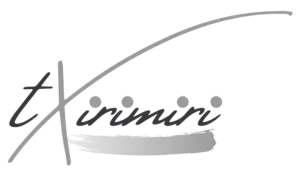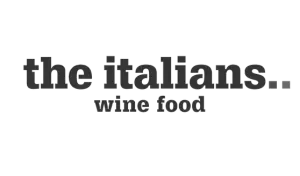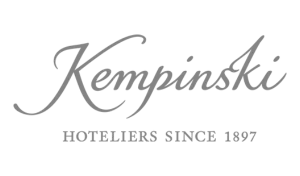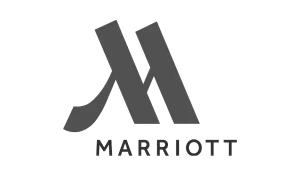The total of your restaurant’s two biggest costs, food and labour, is referred to as the prime cost. Understanding and managing your prime cost properly, will help you retain profitability and make wise business decisions. In this article, we’ll give you 10 crucial pointers for effectively estimating the prime cost of your restaurant. Let’s start now!
Formulate your prime cost
Start by defining your formula before calculating your prime cost. The formula used most frequently is:
Total cost of goods sold (COGS) | + | Total labour costs | = | Prime Cost |
Monitor food costs
For the purpose of figuring out your prime cost, it’s important to accurately track food expenses. Take these actions:
Keep thorough records of all food purchases and stock levels.
Update your inventory frequently to account for variations in stock levels.
Include the cost of all the items used when calculating the price of each menu item.
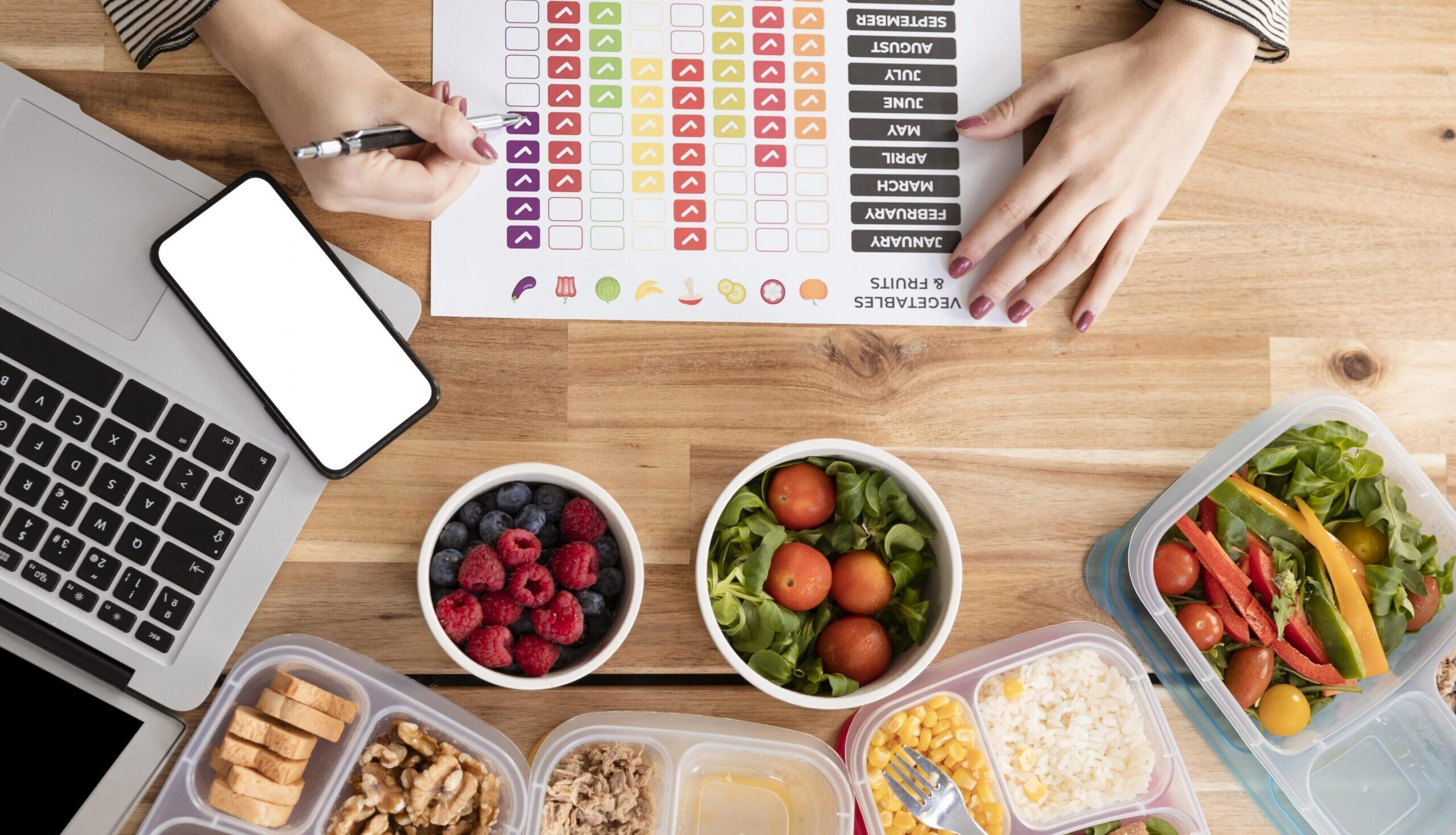
Track labour costs
Labour costs can significantly impact your prime cost. Consider the following:
Keep track of employee hours worked by and wages paid.
Include all costs associated with labour, such as benefits and payroll taxes.
To monitor trends, figure out your labour expenditures as a percentage of your overall sales.
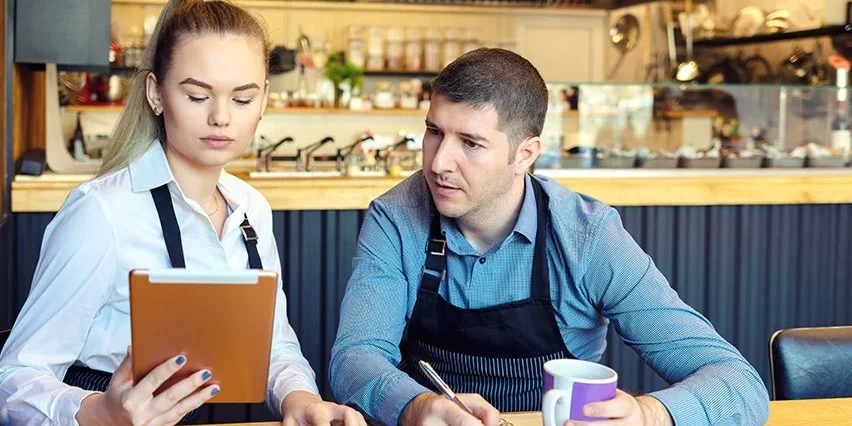
Make use of a restaurant management system
Invest in a management system for restaurantsor other software that offers tracking and reporting capabilities for both labour and food expenditures. This will simplify the computation process and give you precise information for making decisions.
Examine cost variations
Compare actual costs with predicted expenses or industry benchmarks to regularly analyse cost differences. Determine where expenses are significantly off, and then make the necessary corrections.
Regularly conduct inventory audits
Performing regular inventory audits ensures accuracy in calculating food costs. Here’s what you can do:
Physically count your inventory to confirm stock levels.
Cross-reference the counts with your inventory records.
Identify any discrepancies and investigate the reasons behind them.
Put cost-effective menu engineering into practice
Menu engineering is the process of strategically positioning and pricing menu items to increase revenue. Take into account these suggestions:
Highlight products with large profit margins and advertise them as specials.
Adjust portion sizes to control ingredient costs.
Analyse the profitability of menu items frequently and alter as necessary.
Boost staff scheduling
Cost-effective staff schedulingcan help in reducing labour costs. This is how:
Examine previous sales information to determine peak times, then modify worker schedules accordingly.
Reduce the requirement for overstaffing by cross-training individuals to fill several functions.
Negotiate with vendors
Your food expenditures can be reduced by establishing trusting working relationships with suppliers and negotiating fair prices. Take into account these tactics:
Compare costs from various providers to strike better bargains.
To take advantage of volume savings, make larger purchases or join a group buying organisation.

Regularly review and adjust
Prime cost calculations are not a one-time task. Review and adjust your calculations regularly based on changing circumstances and trends in your restaurant.
To recap
Effective financial management requires accurate prime cost calculation for your business. You may optimise your prime cost and raise your restaurant’s profitability by regularly monitoring and regulating your food and labour costs and putting cost-saving measures in place. Remember, a thorough understanding of your prime cost allows you to make informed decisions, identify areas for improvement, and ultimately achieve long-term success.
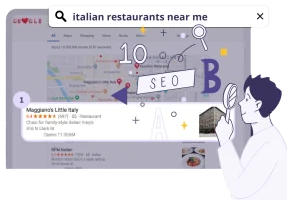
Unlock the tips that will help you stand out from the crowd and get more bookings!
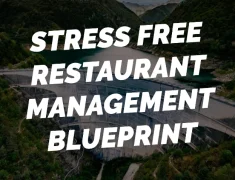
Learn how to save time, reduce stress and fill your restaurant while you sleep!

Stephanie Paris
Gen-Z marketing coordinator bringing fresh energy to web and graphic design, with a weekend habit of chasing adventure.

Stephanie Paris
Gen-Z marketing coordinator bringing fresh energy to web and graphic design, with a weekend habit of chasing adventure.





